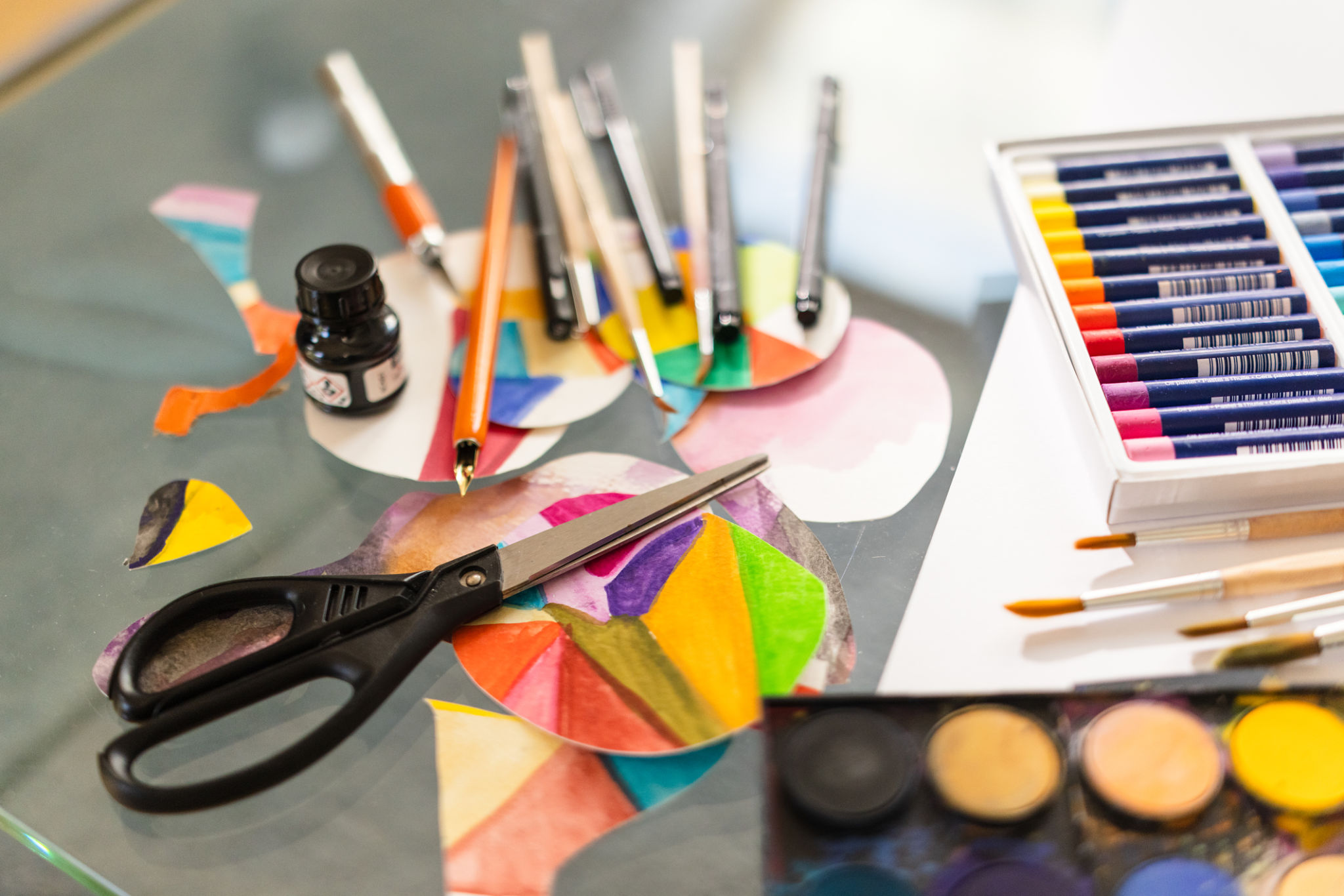Creating Your Own Art Installation: Tips and Techniques
Understanding Art Installations
Art installations are immersive, large-scale artworks that transform spaces and engage viewers in unique ways. Unlike traditional art forms, installations often encourage interaction, making them a powerful medium for expression. Before beginning your own project, it's essential to understand the purpose and impact of this art form.

Art installations can be temporary or permanent and are often site-specific, meaning they are designed to exist in a particular location. This characteristic can influence the materials and techniques you choose, so it's important to consider the site from the outset.
Planning Your Installation
Successful art installations start with a solid plan. Begin by defining the concept and message you want to convey. This will guide every decision you make, from materials to the installation process. Keep your target audience in mind, as their engagement is crucial to the installation's impact.
Choosing the Right Materials
Materials play a significant role in how your installation is perceived. Consider using a mix of traditional and unconventional materials to create contrast and intrigue. Factors such as durability, texture, and color should align with your concept and the installation's environment.

Techniques for Creating Impact
Employ various techniques to enhance the visual and emotional impact of your installation. Lighting is a powerful tool that can dramatically alter the atmosphere. Experiment with colors, shadows, and intensity to evoke specific emotions.
Interactive Elements
Incorporating interactive elements can deepen audience engagement. Consider using technology such as sensors or augmented reality to create a dynamic experience. Interaction invites viewers to become part of the artwork, fostering a more personal connection.

Installation and Display
The way you install and display your art is crucial to its success. Ensure that the setup is safe and stable, especially if your work involves large or heavy components. Collaborating with professionals, such as engineers or architects, may be beneficial for complex installations.
Documentation and Promotion
Once your installation is complete, document it thoroughly. High-quality photographs and videos can be used for portfolios, exhibitions, and social media promotion. Sharing your work widely not only increases visibility but also encourages dialogue and feedback from a broader audience.
By following these tips and techniques, you can create an art installation that is both visually stunning and emotionally resonant, leaving a lasting impression on all who experience it.